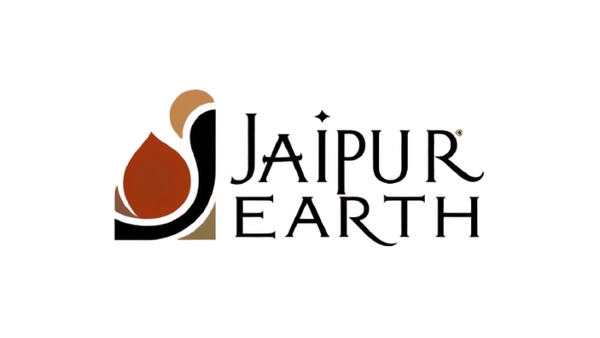Famous Festivals Illustrated in Pichwai Paintings
Share
Pichwai paintings, a traditional art form from Nathdwara, Rajasthan, are deeply intertwined with the celebration of Hindu festivals. These intricate and vibrant artworks, primarily dedicated to Lord Shrinathji (a form of Krishna), depict various festive occasions with elaborate detail and devotion. Let’s explore some of the famous festivals illustrated in Pichwai paintings:
1. Janmashtami – The Birth of Lord Krishna
Janmashtami, the festival celebrating Lord Krishna’s birth, is a significant theme in Pichwai art. Artists portray Shrinathji as a young child adorned in rich garments, often standing in a serene pastoral setting. The paintings depict scenes of Krishna’s childhood, with depictions of cows, gopis (cowherd girls), and celestial celebrations, enhancing the festive mood.
2. Govardhan Puja – Honoring Lord Krishna’s Feat
Govardhan Puja marks Krishna’s act of lifting the Govardhan Hill to protect the villagers from Indra’s wrath. Pichwai paintings illustrate this divine moment with Shrinathji holding the mountain on his little finger while devotees offer prayers and food to the deity. The vibrant colors and intricate details bring the festival to life on canvas.
3. Annakut – The Grand Feast
Annakut, observed a day after Diwali, is a festival where devotees prepare a grand feast of 56 dishes (Chhappan Bhog) as an offering to Krishna. Pichwai artworks beautifully illustrate this spectacle with large depictions of food offerings arranged in a semi-circular pattern around Shrinathji, emphasizing the abundance and devotion.
4. Holi – The Festival of Colors
Holi, the festival of colors, is a favorite subject in Pichwai paintings. The artworks depict Shrinathji playing Holi with the gopis, using vibrant hues of pink, yellow, and green. The joyous expressions, splashes of colors, and festive decorations in the paintings truly capture the spirit of Holi.
5. Sharad Purnima – The Divine Raas Leela
Sharad Purnima is celebrated as the night when Krishna performed the Raas Leela (divine dance) with the gopis under the full moon. Pichwai paintings beautifully illustrate this scene with intricate floral motifs, moonlit landscapes, and Krishna surrounded by dancing gopis, creating a celestial ambiance.
6. Diwali – Festival of Lights
Diwali, the festival of lights, is another widely illustrated theme in Pichwai art. These paintings depict temples and courtyards illuminated with diyas (oil lamps) as Shrinathji stands in a beautifully adorned setting, symbolizing divine prosperity and joy.
7. Gopashtami – Celebration of Krishna as a Cowherd
Gopashtami marks the day Krishna officially became a cowherd. Pichwai artists depict Shrinathji surrounded by cows, often in lush green landscapes. These artworks emphasize Krishna’s deep bond with cattle and the pastoral beauty of Vrindavan.
Conclusion
Pichwai paintings are more than just art; they are a spiritual expression of devotion and festivity. Each festival portrayed in these paintings reflects the cultural richness, religious significance, and artistic mastery of this traditional Rajasthani art form. Whether it's the playful celebrations of Holi or the grand offerings of Annakut, Pichwai paintings continue to keep these timeless traditions alive for generations to come.
